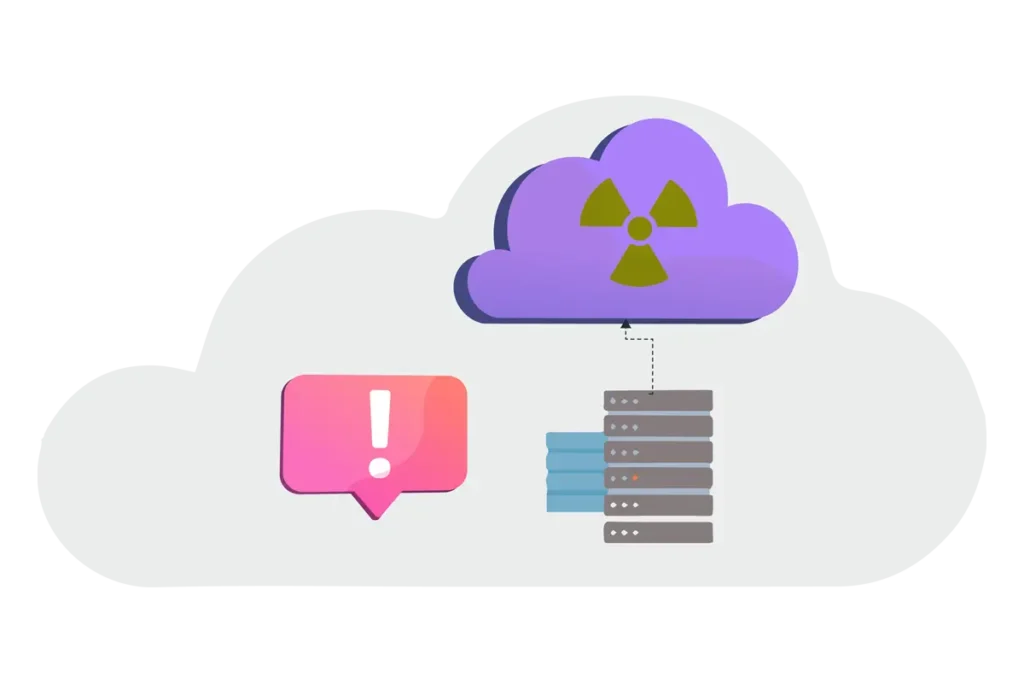By Umar H.,
I have a story for you, related to AWS S3 Disaster Recovery. A few years ago, I helped a mid-sized e-commerce company recover from a major disaster. Their entire data system was knocked out due to a ransomware attack. Fortunately, they had a robust AWS S3 disaster recovery plan in place. This plan not only saved their data but also their business. Now, let me explain everything you need to know about it.
Ready? Let’s dive in! 🌊
What Is AWS S3 Disaster Recovery?
Imagine, if your company’s data vanishes due to a system crash. Right?
That is the time where AWS S3 disaster recovery comes into play. AWS S3 (Simple Storage Service) is a highly durable and scalable cloud storage solution by Amazon. Disaster recovery refers to the strategies you use to restore your data and keep your business running after a catastrophe. Together, AWS S3 provides a flexible and reliable solution for businesses to recover from various disasters.
Key Benefits of AWS S3 for Disaster Recovery
- Scalability: Start small, grow big – no restrictions.
- Durability: 99.999999999% (11 nines!) of durability ensures your data is safe.
- Cost-Efficiency: Pay-as-you-go pricing. No hidden costs.
- Flexibility: Seamless integration with various recovery tools.
👉 Want to learn more about AWS S3? Click here.
Why Is Disaster Recovery Crucial?
Disasters don’t send a warning email. They strike when you least expect it. Here are some reasons why S3 disaster recoveryis a must:
🚫 Common Disasters Businesses Face:
- Cyberattacks: Hackers are always on the prowl.
- Natural Disasters: Think floods, earthquakes, and fires.
- Human Errors: Oops! Deleted that file?
- System Failures: Hardware and software don’t last forever.
Without a solid disaster recovery plan, your data’s safety is at risk. And we all know: Data = Money.

How AWS S3 Disaster Recovery Works
Let me break it down for you step-by-step:
1. Backup Your Data
AWS S3 stores multiple copies of your data across different regions. This means even if one region fails, your data remains accessible.
2. Replication
AWS S3 offers features like Cross-Region Replication (CRR). This replicates your data in another geographical region, providing extra protection.
3. Versioning
Enable versioning in your S3 bucket to keep track of changes and recover previous versions of files.
4. Lifecycle Policies
Automate your data’s movement between storage classes to optimize cost and retrieval speed.
5. Automated Recovery
Combine S3 with services like AWS Lambda for quick recovery without manual intervention.
Setting Up AWS S3 for Disaster Recovery
Here’s a step-by-step guide to get started with AWS S3 disaster recovery:
Step 1: Create an S3 Bucket
- Log in to your AWS Management Console.
- Navigate to S3 and click Create Bucket.
- Set a unique name and choose your region.
Step 2: Enable Versioning
- Navigate to your bucket settings.
- Click on Properties > Bucket Versioning.
- Enable versioning to keep track of file changes.
Step 3: Set Up Cross-Region Replication (CRR)
- Under Replication Rules, configure CRR to replicate data to another region.
- Ensure you have permissions and policies set up correctly.
Step 4: Automate Backups with Lifecycle Policies
- Define rules for transitioning data to cheaper storage or deleting old files.
Step 5: Test Recovery Process
- Simulate a disaster and test your ability to recover data. This step is crucial.
Best Practices for AWS S3 Disaster Recovery
To maximize the efficiency of your S3 disaster recovery, follow these tips:
1. Choose the Right Storage Class
- S3 Standard: For frequently accessed data.
- S3 Glacier: For long-term archives.
2. Enable MFA Delete
Protect your data by requiring multi-factor authentication for deletions.
3. Regularly Audit and Monitor
Use tools like AWS CloudTrail to track activities and ensure compliance.
4. Integrate with Other AWS Services
Combine S3 with services like AWS BackupandAWS Lambda for a holistic solution.
5. Plan for RTO and RPO
- RTO (Recovery Time Objective): How quickly can you recover?
- RPO (Recovery Point Objective): How much data can you afford to lose?
Real-Life Use Case: Disaster Recovery in Action
Remember the story I shared at the beginning? Here’s how AWS S3 helped:
- The ransomware attack encrypted their primary servers.
- Thanks to Cross-Region Replication, their data in another region remained untouched.
- The IT team used versioning to recover files from before the attack.
- Within hours, their business was back online.
AWS S3 Disaster Recovery Workflow
Here’s a visual representation of how AWS S3 disaster recovery works:

This flow ensures that your data is secure and recoverable even in the worst-case scenarios.
AWS S3 Disaster Recovery vs. Traditional Methods
| Feature | AWS S3 Disaster Recovery | Traditional DR Methods |
| Cost | Pay-as-you-go | High upfront investment |
| Scalability | Seamlessly scalable | Limited by hardware |
| Flexibility | Highly flexible | Static configurations |
| Speed | Instant recovery | Time-consuming |
AWS S3 is clearly the winner, more efficient, flexible, and cost-effective. 🏆
Conclusion
Disasters are unpredictable, but your business doesn’t have to suffer. With AWS S3 disaster recovery, you can protect your data, ensure business continuity, and sleep peacefully at night. So, what are you waiting for? Start planning your disaster recovery strategy today!
For more insights, don’t forget to check out our guide on cloud backup and disaster recovery. 🚀
FAQs
AWS S3 disaster recovery is a strategy for storing, replicating, and recovering data using AWS’s Simple Storage Service.
CRR ensures data availability even if an entire AWS region fails.
Yes, AWS S3 offers tools to meet data compliance requirements.
Costs depend on data size, storage class, and replication needs. It’s pay-as-you-go.
Services like AWS Backup and AWS CloudTrail enhance S3’s disaster recovery capabilities.

